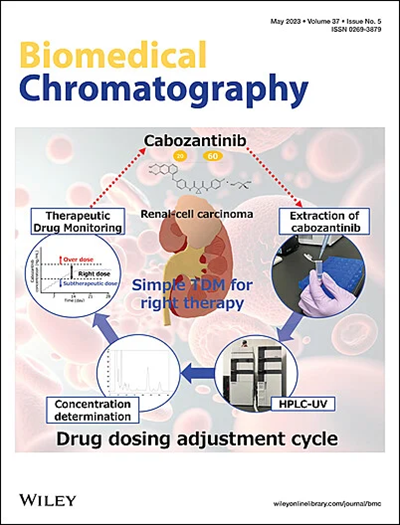Exploring the Compatibility Mechanism of Xiaojianzhong Decoction Intervening in Chronic Atrophic Gastritis Rats Based on Serum Pharmacochemistry and Metabolomics
Abstract
Xiaojianzhong decoction (XJZ) is a classical traditional Chinese medicine (TCM) formula for treating chronic atrophic gastritis (CAG), but its compatibility mechanism has not been fully elucidated. Traditional pharmacodynamic evaluation, serum pharmacochemistry, and metabolomics techniques were used to link changes in pharmacodynamic substances to changes in the metabolism. The results of serum pharmacochemical analysis showed that the “Jun-drug” affected the metabolism of 3 components in the “Chen-drug,” the absorption of 3 components, and the metabolism of 14 components in the “Zuo-drug”; the “Chen-drug” affected the absorption of 2 components and the metabolism of 12 components in the “Zuo-drug”; and the “Zuo-drug” affected the absorption of 2 components and the metabolism of 4 components in the “Chen-drug.” The analysis of CAG-related metabolites demonstrated that 11 differential metabolites were significantly regulated by “Jun drug,” and 13 differential metabolites were significantly regulated by “Chen drug” and “Zuo drug.” Molecular docking demonstrated that serum components of high correlation exhibited good binding activity to one or more targets of the differential metabolites. This study was helpful to understand the compatibility mechanism of TCM formulas.



 求助内容:
求助内容: 应助结果提醒方式:
应助结果提醒方式:


